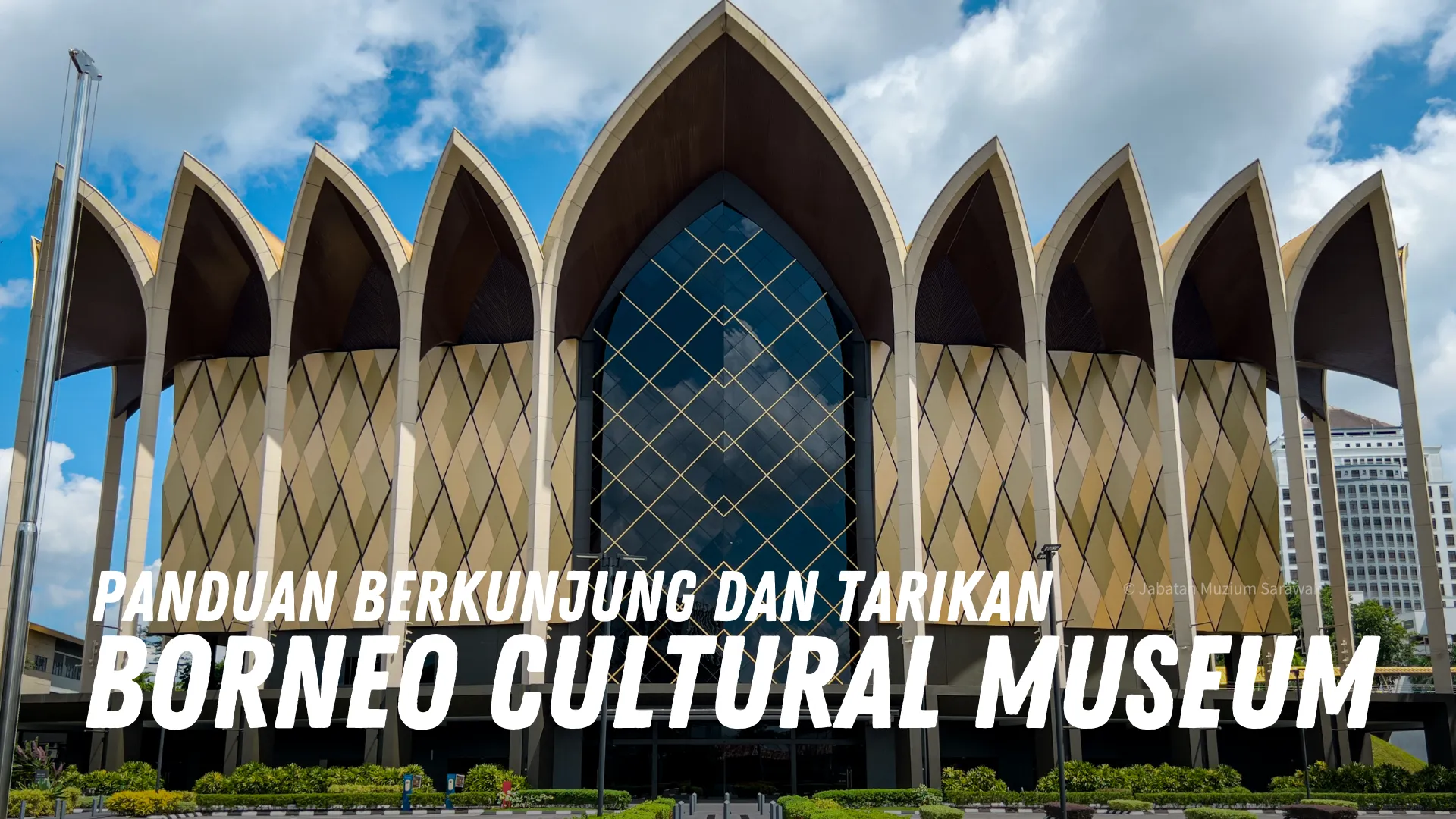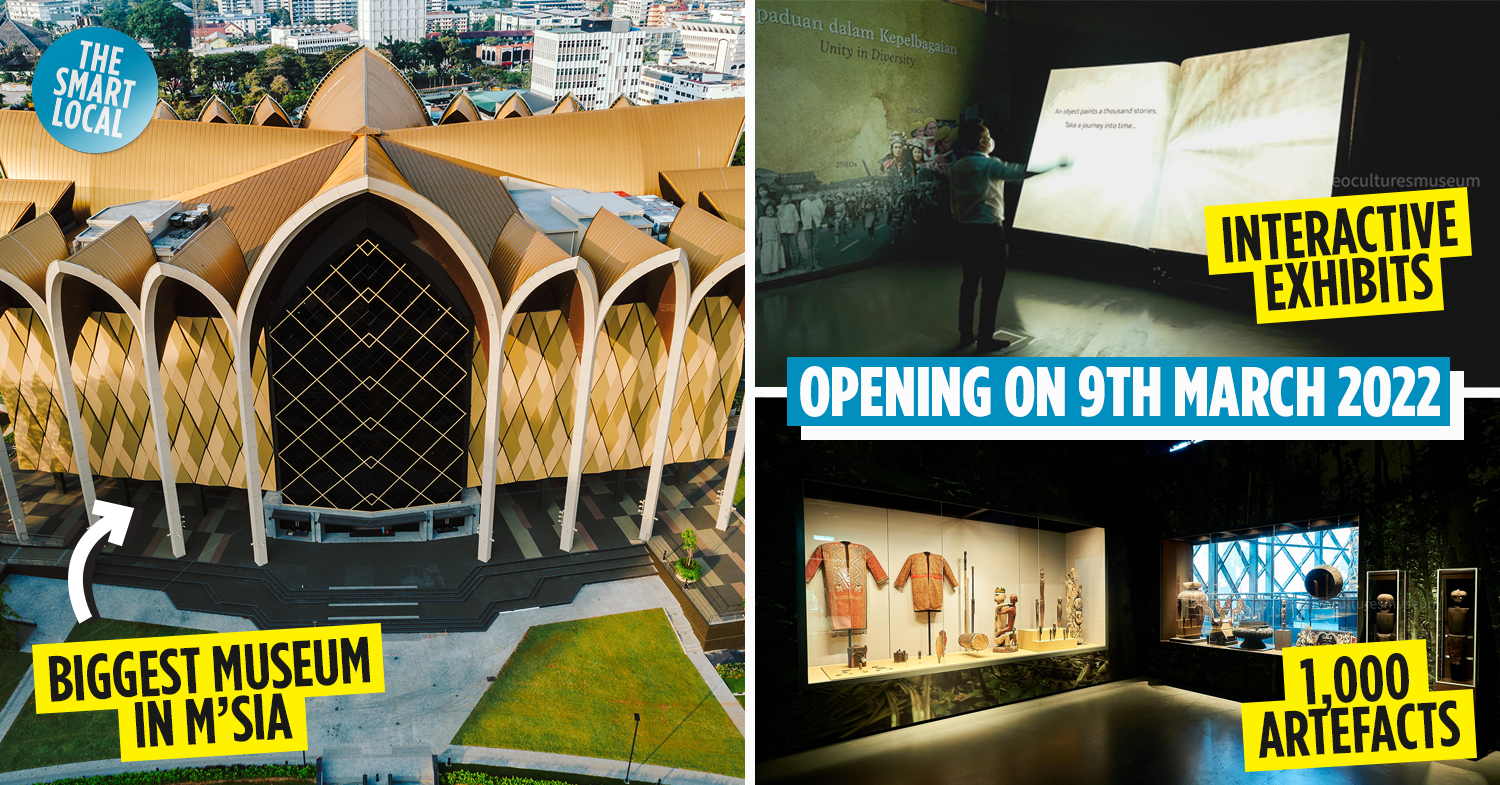Look into Variety: Borneo Cultures Museum Revealed
Look into Variety: Borneo Cultures Museum Revealed
Blog Article
Explore the Remarkable World of Borneo's Cultural Heritage: A Comprehensive Guide to the Cultures Gallery Experience
Immersing oneself in the intricate tapestry of Borneo's social heritage is akin to embarking on a voyage through time and practice. The fusion of indigenous tribes, traditional inventions, exciting performances, and historical stories housed within the boundaries of the island's museums provides a peek right into a world brimming with profound traditions and vibrant customs. As visitors traverse through these databases of society, they are beckoned to check out a realm where past and present intermingle, welcoming consideration on the strength and richness of Borneo's diverse heritage.
Aboriginal Tribes of Borneo
Borneo is home to over 50 indigenous people, each with one-of-a-kind social techniques and customs that have been preserved for generations. Among these tribes are the Iban, known for their typical longhouses and detailed tattoos where multiple households live. The Dayak individuals, another popular team, take part in sophisticated spiritual ceremonies and are proficient craftsmens, crafting detailed timber carvings and woven fabrics. The Penan people, on the other hand, are nomadic hunter-gatherers with a deep link to the rain forest, utilizing blowpipes for searching and celebration wild plants for nutrition.
These indigenous tribes play a vital duty in preserving Borneo's rich cultural tapestry. Despite outside impacts and innovation, several people continue to support their ideas, languages, and custom-mades. Visitors to Borneo have the chance to involve themselves in the distinct lifestyles of these tribes with social scenic tours, homestays, and community-based tourist campaigns. By engaging with these native communities, visitors can acquire a much deeper admiration for the variety and strength of Borneo's indigenous heritage.
Traditional Handicrafts and Artifacts

One prominent instance of traditional inventions in Borneo is the manufacturing of woven goods - Borneo Cultures Museum. Competent weavers make use of natural fibers like bamboo, rattan, and pandan delegates create complex baskets, floor coverings, and accessories embellished with vibrant patterns that hold symbolic meanings within the community
The art of woodcarving is an additional significant aspect of Borneo's traditional handicrafts. Artisans carve complex layouts into numerous sorts of timber to create masks, sculptures, and music tools that not only serve practical functions but also hold cultural relevance, commonly showing mythology or spiritual ideas.
Moreover, Borneo is renowned for its beadwork, with artisans meticulously crafting beads from materials like glass, seeds, and shells to produce precious jewelry, apparel decorations, and attractive items that display the area's vibrant aesthetic traditions. These standard inventions and artefacts not just offer as substantial expressions of Borneo's social heritage however also supply understandings into the neighborhoods' beliefs, worths, and way of living.

Cultural Performances and Festivals
With a deep-rooted connection to their social customs, the neighborhoods in Borneo come active with vibrant social performances and events that commemorate their heritage. These events display the abundant diversity of Borneo's ethnic teams, each offering special dances, songs, and rituals that have been passed down via generations. Among one of the most distinguished celebrations is the Gawai Dayak, commemorated by the Dayak individuals to note the rice collecting period. Throughout this celebration, traditional music fills up the air, complex dances are carried out, and fancy typical costumes are used. Another substantial occasion is the Pesta Kaamatan, celebrated by the Kadazandusun neighborhood to appreciate for the rice harvest. This celebration features cultural efficiencies, including the Sumazau dancing, and typical sporting activities like the bamboo dance. Visitors to Borneo can immerse themselves in these celebrations, gaining a deeper understanding of the region's see this social heritage and navigate here experiencing the cozy hospitality of its individuals. Cultural performances and festivals act as a lively pointer of Borneo's abundant cultural tapestry and the relevance of maintaining these traditions for future generations.
Historic Narratives and Artifacts
Discovering the historical stories and artifacts of Borneo uses an interesting peek right into the region's abundant past and social evolution. Borneo's historical tapestry is woven with diverse influences, mirroring the communications in between indigenous tribes, Chinese investors, European colonizers, and Malay sultanates. The artefacts located in Borneo showcase this complex history, ranging from standard crafts like complex beadwork and woodcarvings to historical prizes such as old pottery and tools.
Among one of the most compelling elements of Borneo's historic stories is the preservation of dental practices passed down via generations. These tales supply insights into the ideas, customs, and day-to-days live of Borneo's citizens throughout the centuries. In addition, the artifacts uncovered from historical sites offer concrete connections to these stories, enabling visitors to witness the material society of past cultures firsthand.
Contemporary Cultural Conservation Initiatives

Moreover, curricula and cultural exchange activities play an essential role in elevating understanding about the importance of maintaining Borneo's special cultural heritage. By involving colleges, museums, and the larger community in discussions and activities that celebrate Borneo's varied cultures, conservation initiatives can gain energy and assistance for lasting sustainability. Cooperations between governmental bodies, non-profit companies, and local neighborhoods are vital in driving these conservation undertakings forward, making sure that Borneo's abundant social heritage stays dynamic and valued for generations to find.
Conclusion
In conclusion, the social heritage of Borneo is diverse and abundant, with aboriginal tribes, conventional handicrafts, cultural performances, festivals, historic stories, and contemporary conservation efforts all adding to its uniqueness and relevance. Site visitors to Borneo's social galleries can gain a much deeper understanding and admiration of the area's cultural heritage, enabling a more immersive and informing experience.
Immersing oneself in the elaborate tapestry of Borneo's cultural heritage is akin to getting started on a trip through time and practice.With an ingrained connection to their cultural traditions, the neighborhoods in Borneo come alive through dynamic social efficiencies and celebrations that commemorate their heritage. Social performances and festivals serve as a lively reminder of Borneo's rich cultural tapestry and the relevance of preserving these traditions for future generations.
Additionally, instructional programs and social exchange tasks play a vital duty in elevating awareness about the significance of protecting Borneo's special social heritage. Cooperations between governmental bodies, non-profit companies, and neighborhood neighborhoods are crucial in driving these preservation endeavors forward, guaranteeing that Borneo's rich cultural heritage remains vibrant and cherished for generations to come.
Report this page